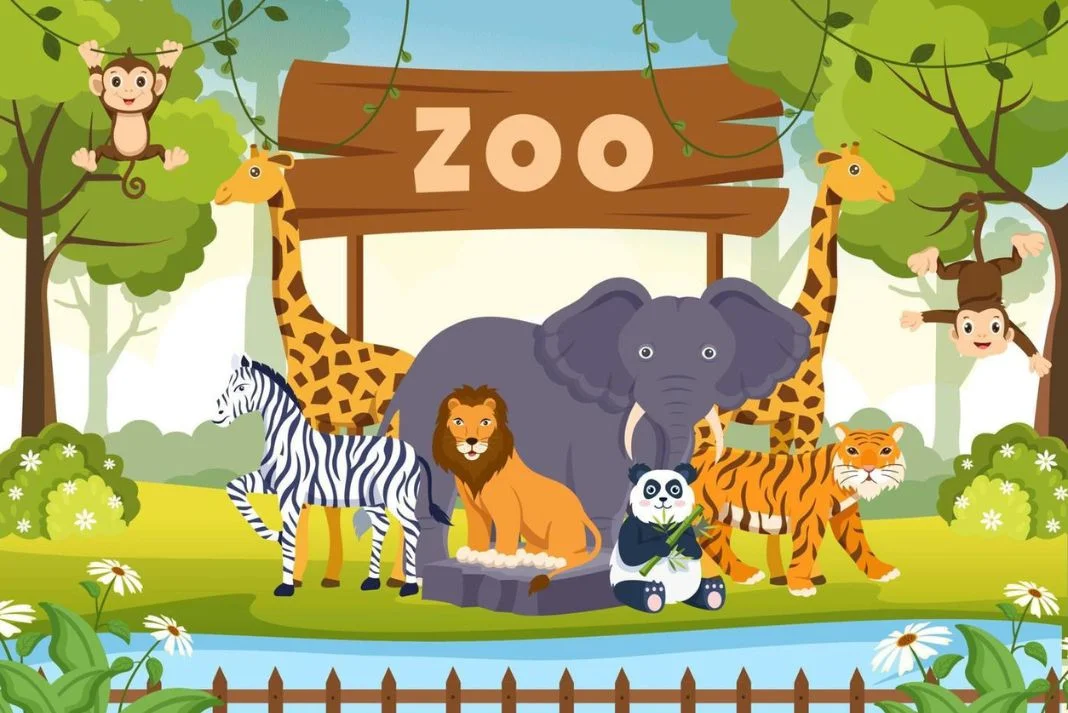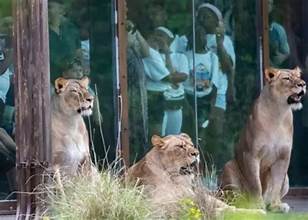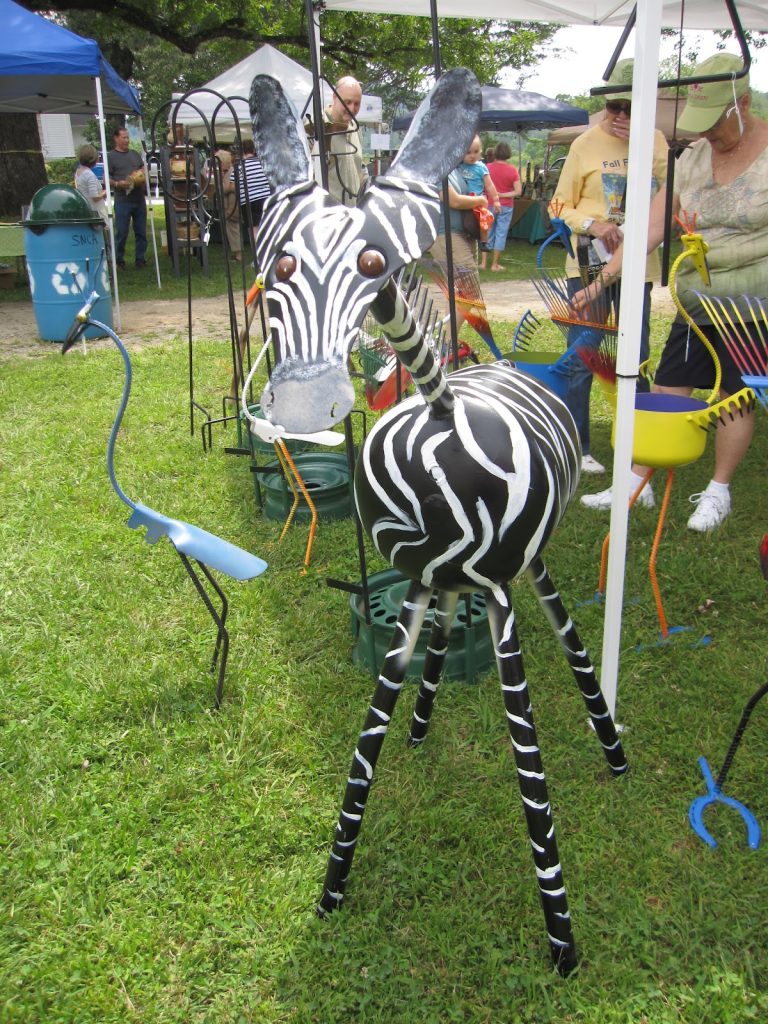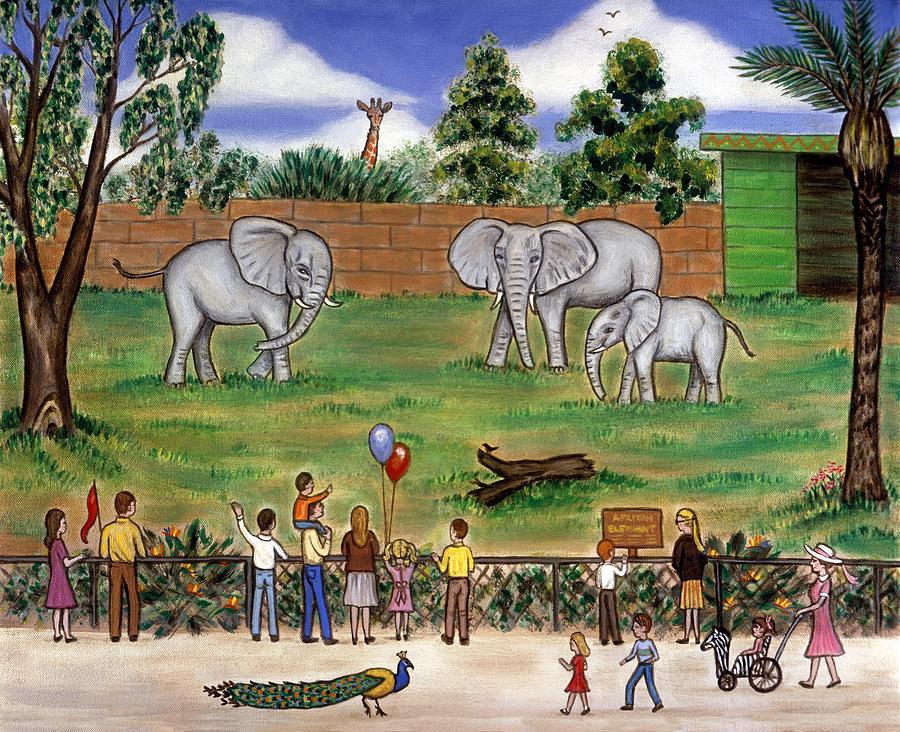Art of Zoo represents a fascinating and vibrant world where wildlife and creativity intersect. This unique art form celebrates the beauty and mystery of animals, showcasing their inherent power, grace, and symbolism. Artists, inspired by the wild kingdom, capture the essence of creatures in a variety of mediums, from sculptures to paintings, photography, and even digital art.
The Art of Zoo is not just about portraying animals as subjects, but also about exploring their role in nature and human culture. By studying and celebrating the essence of animals through art, we become more aware of the delicate balance that sustains life on Earth.
Exploring the Concept of Art of Zoo

The concept of Art of Zoo is a unique exploration of how wildlife and the natural world can inspire creativity. This form of art goes beyond simply depicting animals; it seeks to delve deeper into the relationship between humans and wildlife. Artists who specialize in the Art of Zoo often focus on capturing the essence of animals in a way that evokes emotion and connection.
Whether it’s a portrait of a lion that communicates its power or a delicate representation of a butterfly that highlights its fragility, the Art of Zoo transcends traditional wildlife art by adding layers of symbolism and meaning. Through these pieces, artists can tell stories about the species, their environments, and the threats they face, providing a voice for animals that often go unheard.
The Art of Zoo invites viewers to connect emotionally with wildlife, sparking conversations about conservation and the need to protect endangered species. This unique approach to art offers a fresh perspective on animals, pushing boundaries and encouraging reflection on our coexistence with the natural world.
The Evolution of Art of Zoo: A Visual Journey
The evolution of the Art of Zoo has been shaped by cultural, historical, and technological developments over time. Initially, wildlife art was primarily focused on documentation, where artists captured the animals in realistic forms, often as part of scientific study or for decorative purposes. As time passed, the concept of wildlife art began to shift towards more expressive and interpretive approaches.
In the 19th and early 20th centuries, artists like Carl Rungius and Robert Bateman gained fame for their detailed, lifelike depictions of animals, pushing the boundaries of wildlife art. However, the Art of Zoo evolved further with the rise of abstract and modern art movements in the mid-20th century, where wildlife became a symbol of deeper emotional and spiritual connections.
Today, artists continue to experiment with new techniques, materials, and mediums, including digital art and installations, to engage audiences in ways that spark conversation about conservation and environmental awareness. The Art of Zoo continues to evolve as an ever-expanding platform for creative expression and activism.
The Influence of Nature on the Art of Zoo Creations

Nature plays a crucial role in shaping the creations found in the Art of Zoo. The natural world, with its rich diversity of plants, animals, and ecosystems, offers an endless source of inspiration for artists. Many artists working within this genre focus on capturing the intricate beauty of wildlife, from the vibrant colors of exotic birds to the majestic presence of large predators like tigers and elephants.
Nature’s profound influence can be seen in the way artists portray the textures, movements, and personalities of animals, attempting to recreate their essence through various mediums. Beyond physical appearance, nature’s emotional impact is also reflected in these artworks.
Whether artists are highlighting the majesty of a lion or the fragility of a butterfly, they aim to evoke feelings that connect viewers to the broader world of wildlife. In addition, environmental threats such as climate change and habitat loss influence the themes of many pieces. Nature, in all its forms, serves as the foundation and inspiration for the powerful messages that Art of Zoo conveys.
Innovative Techniques in the Art of Zoo Exhibitions
The Art of the Zoo has undergone a significant transformation with the advent of innovative techniques in its exhibitions. Traditional wildlife art, often created through painting or sculpture, has expanded to incorporate multimedia experiences that engage viewers in more interactive and immersive ways. Many contemporary artists now use digital tools, photography, and even augmented reality to bring animals to life.
These innovative techniques allow for a deeper connection with the subject matter by offering new perspectives and experiences. For example, installations that blend physical and digital elements enable viewers to interact with the artwork, adding a layer of personal engagement. Some exhibitions incorporate 3D projections or virtual reality to immerse audiences in the animals’ natural habitats.
Others explore the intersection of art and conservation, using technology to showcase the environmental impact on species. These creative methods not only challenge the traditional boundaries of the Art of Zoo but also invite reflection on pressing environmental issues. As the genre evolves, innovation remains at the forefront, offering fresh ways to appreciate and understand wildlife through art.
Symbolism and Meaning Behind Art of Zoo Pieces

The Art of Zoo is more than just a representation of animals; it is rich with symbolism and deeper meaning. Artists often imbue their wildlife artworks with messages about the natural world and human impact on it. For instance, an image of an endangered species may symbolize the fragility of nature and the urgent need for conservation.
A fierce predator, like a lion or tiger, might be depicted to convey strength, power, and the delicate balance of ecosystems. The symbolism extends beyond the animals themselves, as the choice of medium and color palette can carry significance. Dark tones may reflect themes of loss and environmental degradation, while bright hues may symbolize hope or resilience.
Some artists use abstract forms to represent the emotional connection between humans and animals, often highlighting the tension between humanity’s encroachment on nature and the preservation of wildlife. Through the careful integration of symbolism, the Art of Zoo serves as both a visual representation and a thought-provoking commentary on the state of the natural world and our role in its future.
Famous Artists and Their Contributions to the Art of Zoo
Throughout history, several renowned artists have contributed to the Art of Zoo, each bringing their unique vision and perspective to wildlife art. One of the most famous is Robert Bateman, whose lifelike wildlife paintings have earned him worldwide recognition. Bateman’s works often emphasize the beauty and majesty of animals, from birds to mammals, capturing the essence of each creature with remarkable accuracy.
Another influential figure is Carl Rungius, a pioneer in wildlife art, known for his detailed and realistic depictions of North American wildlife. His works helped elevate wildlife art to a respected genre within the broader art world. More recently, artists like Walton Ford have made significant contributions by combining wildlife imagery with a narrative quality, blending natural history with political and environmental commentary.
These artists, among others, have shaped the way we view animals in art, focusing on both the beauty of nature and the urgent need for conservation. Their contributions continue to inspire a new generation of artists who are pushing the boundaries of wildlife art.
The Impact of Art of Zoo on Contemporary Art

The Art of Zoo has made a significant impact on contemporary art, influencing both the aesthetic and thematic aspects of modern artistic expression. Today, wildlife and nature are central to discussions about environmentalism, conservation, and the human-animal relationship, and this is reflected in contemporary artworks that explore these themes.
Artists have used the Art of Zoo to question humanity’s role in the natural world, offering pieces that raise awareness of endangered species, habitat destruction, and the broader ecological crisis. In doing so, they challenge viewers to reflect on the importance of protecting the planet’s biodiversity.
Additionally, the rise of digital art and new exhibition techniques has allowed for more immersive and interactive experiences, drawing people into the conversation in unprecedented ways.
By pushing traditional boundaries, the Art of Zoo has paved the way for new forms of expression within contemporary art. Through its unique approach to combining wildlife imagery with social commentary, this genre has become an important vehicle for sparking dialogue on the environment and the urgent need for global conservation efforts.
How Art of Zoo Connects Nature with Modern Art Forms
The Art of Zoo serves as a powerful bridge between nature and modern art forms, providing an avenue for artists to explore and celebrate wildlife while integrating contemporary techniques. Modern art often prioritizes abstraction and conceptual thinking, but the Art of Zoo blends these elements with the timeless beauty of the natural world.
Artists working within this genre frequently experiment with new media, such as digital art, photography, and mixed media, to create pieces that push the boundaries of traditional wildlife art.
His fusion of nature with modern art forms allows for more creative expression while conveying important environmental messages. For example, contemporary artists might use digital technology to create interactive wildlife exhibits or utilize mixed media to represent the complex relationships between animals and their habitats.
These innovative approaches not only highlight the beauty and diversity of wildlife but also invite viewers to think critically about environmental issues. By combining nature with modern artistic techniques, the Art of Zoo fosters a deeper connection between audiences and the natural world.
Frequently Asked Questions
What is the Art of Zoo?
The Art of Zoo is a genre of art that focuses on the depiction of wildlife and the natural world. It aims to capture the beauty, power, and fragility of animals while often carrying themes of conservation and environmental awareness.
How does the Art of Zoo raise awareness for conservation?
Through emotional and thought-provoking portrayals of animals, the Art of Zoo engages viewers and raises awareness about endangered species and the importance of conservation. Artists use their works to highlight the connection between wildlife and humanity’s role in protecting nature.
What mediums are used in Art of Zoo?
Artists in the Art of Zoo genre use various mediums, including traditional methods like painting and sculpture, as well as modern techniques such as photography, digital art, and mixed media. These diverse approaches help convey the complexity of nature in compelling ways.
How has the Art of Zoo evolved?
The Art of Zoo has evolved from realistic depictions of animals to more abstract and conceptual representations. Today, artists incorporate new technologies and materials, creating interactive and immersive experiences that connect the audience with wildlife and environmental issues.
What is the significance of symbolism in Art of Zoo?
Symbolism in the Art of Zoo adds depth to the artwork by conveying underlying messages about nature, conservation, and the relationship between humans and animals. Through symbolic use of color, form, and subject matter, artists create powerful narratives about the natural world.
Conclusion
The Art of Zoo is a dynamic and evolving genre that celebrates the beauty and complexity of wildlife while raising important conversations about conservation and environmentalism. By combining artistic expression with a deep understanding of nature, this genre has become an essential tool for raising awareness about the challenges animals face in the modern world. Through various mediums, from traditional paintings to cutting-edge digital art, the Art of Zoo allows artists to capture the essence of animals in unique and meaningful ways.
It bridges the gap between nature and contemporary art, offering fresh perspectives that invite viewers to reflect on their relationship with the natural world. As the genre continues to evolve, artists will undoubtedly continue to push boundaries and explore new methods for conveying their love for wildlife. The Art of Zoo not only captivates viewers with its stunning visuals but also serves as a call to action, urging us to take better care of the planet and its precious creatures.



